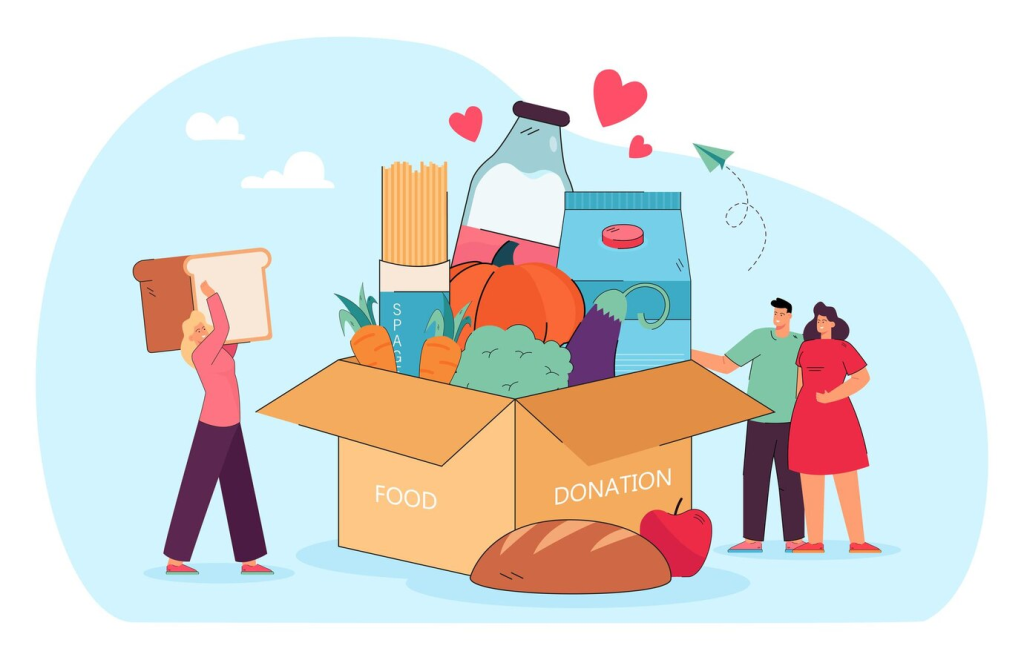Introduction
Learning how to reduce food waste at home saves money, helps the environment, and makes your kitchen more efficient. With households tossing out about 20% of their food, small changes can make a big difference. This guide shares easy, practical tips to cut down on waste, from planning meals to using leftovers creatively, so you can start today.

1. Plan Meals and Shop Smart
Planning meals before shopping helps you buy only what you need, cutting down on excess food.
Make a Weekly Menu
Write a meal plan for the week, listing ingredients for each dish. Check your pantry first to avoid duplicates, then stick to your shopping list.
Why It Works: Planning prevents impulse buys, reducing the chance of food expiring unused.
Pro Tip: Use apps like Plan to Eat to organize recipes and generate shopping lists quickly.
2. Store Food Properly
Correct storage keeps food fresh longer, preventing spoilage and waste.
Use Airtight Containers
Store fruits like berries in airtight containers in the fridge, and keep vegetables like carrots in damp cloths. Freeze bread or meat if not used within a few days.
Why It Works: Proper storage slows spoilage, extending food’s usable life by days or weeks.
Pro Tip: Label containers with dates to track freshness, and follow “first in, first out” to use older items first.
3. Portion Meals Wisely
Cooking and serving the right amount reduces leftovers that might go uneaten.
Measure Portions
Use measuring cups or a kitchen scale to cook appropriate amounts, like 75g of pasta per person. Serve smaller portions and let family add more if needed.
Why It Works: Smaller portions mean less food is left on plates or in pots to be thrown out.
Pro Tip: Keep a portion guide handy, like a chart for rice or meat, to eyeball amounts easily.
4. Get Creative with Leftovers
Turning leftovers into new meals makes them exciting and prevents waste.
Repurpose Scraps and Extras
Blend wilted veggies into soups or smoothies, or turn leftover rice into fried rice. Use bread ends for croutons or breadcrumbs.
Why It Works: Creative recipes give leftovers a second life, saving food and sparking variety.
Pro Tip: Check sites like Love Food Hate Waste for quick recipes using common leftovers.
5. Compost Food Scraps
Composting inedible scraps keeps them out of landfills, turning waste into something useful.
Start a Home Compost Bin
Use a small countertop bin for peels, coffee grounds, and eggshells, then transfer to a backyard compost pile or local drop-off site.
Why It Works: Composting diverts up to 30% of household waste, reducing methane emissions.
Pro Tip: If space is tight, try a worm bin or check for community composting programs near you.
Conclusion
To reduce food waste at home, focus on smart planning, proper storage, wise portioning, creative leftover use, and composting. These simple steps save money, cut environmental harm, and streamline your kitchen. Start with one tip, like making a weekly meal plan, today, and watch your food waste shrink.
References
EPA (2025). Tips to Reduce Food Waste at Home. Available at: https://www.epa.gov/recycle/reducing-wasted-food-home.
FoodPrint (2025). How to Cut Food Waste in Your Kitchen. Available at: https://foodprint.org/issues/reducing-food-waste.
Love Food Hate Waste (2025). Creative Ways to Use Leftovers. Available at: https://www.lovefoodhatewaste.com/recipes.






